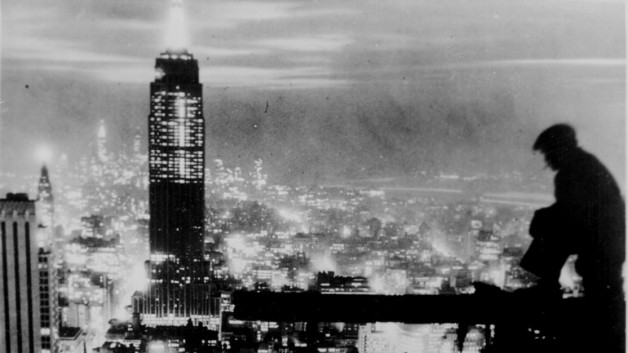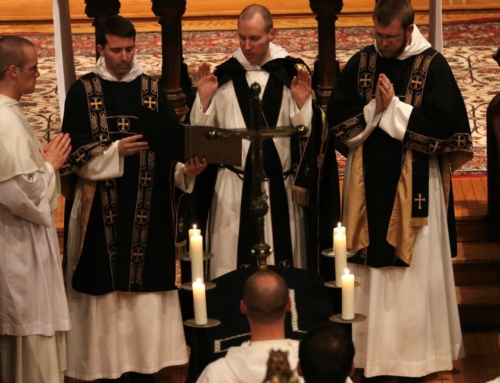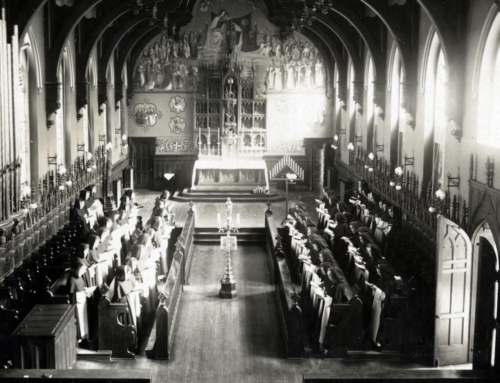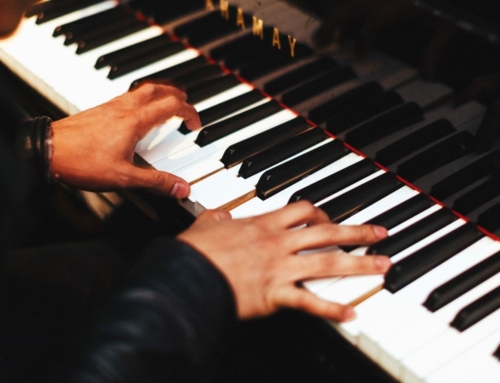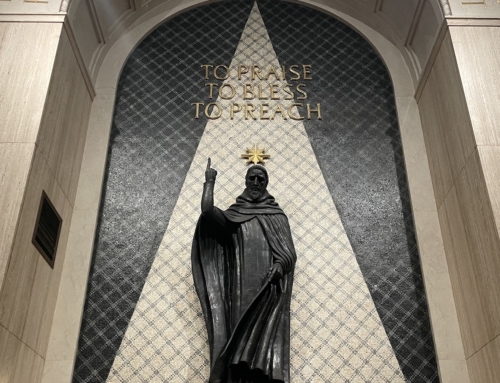“If I can make it there, I’ll make it anywhere.” Thus Liza Minelli and Frank Sinatra sing in “New York, New York.” From far and wide, from across the nation and all over the world, throngs of people flock to New York City in search of the American dream. Whether they be aspiring actors or writers, ambitious entrepreneurs, or immigrants looking for a new world of opportunity—my own ancestors settled in the Polish enclave of Greenpoint, Brooklyn—for many years a vast multitude has striven to “make a brand new start of it in old New York.” All of them have contributed in some way to the collective culture of the city, which teems with activity at all hours of the day and night.
Home of over eight million souls and eight hundred languages, this bustling metropolis is the nation’s center for the media, the visual and performing arts, finance, tourism, and many other enterprises, and is renowned throughout the world for her museums, transportation, and architecture. Even the names of her streets are part of our common cultural vocabulary: Broadway, Park Avenue, Wall Street. While Washington, D.C. is the seat of the federal government and our nation’s capital, New York, as Blessed John Paul II said, is the “capital of the world.”
The same city is also the “capital” of the Dominican Province of St. Joseph. Our administrative offices are located there, and the province is informally known as the “New York Province.” But it wasn’t always that way. When Edward Dominic Fenwick and three other friars first came to America in 1805, they dwelt in the frontier lands of Kentucky and Ohio, ministering to Catholic settlers in what was then the American West. Nearly fifty years later, the province took on its first East Coast apostolate, St. Dominic’s Parish in Washington, D.C., and after conducting parish missions in New York, the Friars were granted a parish, St. Vincent Ferrer on the Upper East Side of Manhattan, in 1867. Two more parishes followed: nearby St. Catherine of Siena in 1897, and, over a century later, St. Joseph in Greenwich Village (2003). In addition, we are currently involved in several other ministries woven into the fabric of the city, including health care ministry to nearby hospitals; the Siena Forum for Faith and Culture; a weekly show on XM radio, “Word to Life;” the Catholic Center at New York University; and Blackfriars Repertory Theater in upper Manhattan.
Being active in such a large city is in keeping with the particular gift that St. Dominic offered to the Church. Responding to the needs of thirteenth-century Europe, in which a large part of the population was moving from farms into new urban centers, our holy founder sought to establish communities of his friars—different from the monks of the rural cloisters—in many of the more important cities. He especially favored the major university centers, like Paris and Bologna, in order to provide the friars with a solid intellectual formation. As Fr. Guy Bedouelle notes in Saint Dominic: The Grace of the Word:
These Preachers differed from the eremetical and even the monastic idea. They entertained no fear of the city. For them, it was not a place to flee from… Their renewal of asceticism was an instinctive reaction to safeguard the integrity of the monastic goal against the disquieting affairs of a changing society which seemed resolutely oriented toward pleasure and corruption.
Bedouelle notes that the ills and vices associated with modern-day New York and other large cities are nothing new. St. Dominic was disturbed by the rampant destructive behavior of the city dwellers of his time, and he attributed it, in part, to the dangerous ideology of the Albigensians, a heretical sect that denied the Incarnation and viewed both the material world and procreation as evil. He would often spend all night in prayer, weeping and praying for the multitude of souls steeped in vice and error. “What will become of poor sinners?” he would ask. Then, by day, he and his brethren would minister to the spiritual needs of the people, striving, by their witness and love of sacred Truth, to win their souls for Jesus Christ.
Any Christian, regardless of his situation or state in life, can follow the apostolic example of St. Dominic to some degree. It is easy to dismiss or condemn our culture as irremediable or hopelessly corrupt; it is even easier, on the other hand, to fall into its habits and modes of thought. But by engaging modern culture, and all the people we meet, with the grace we have received from Christ, and by witnessing to Him with virtuous lives, words, and actions, we can participate in the evangelical mission to which St. Dominic dedicated his life. This mission continues throughout the world—and nowhere more fittingly, perhaps, than in New York. After all, what place is better suited to the charism of the man who spent so many nights praying for his brothers and sisters, than the City That Never Sleeps?
✠
Image: New York City at Night, 1935 (The Empire State Building, which was then just a few years old, is the tall building, center-left, and lower Manhattan is in the distance.)

